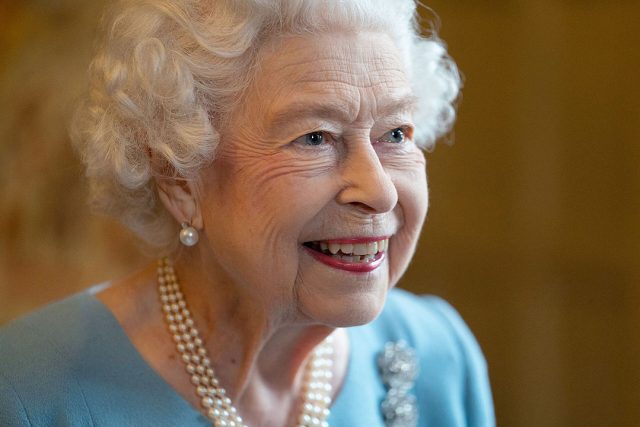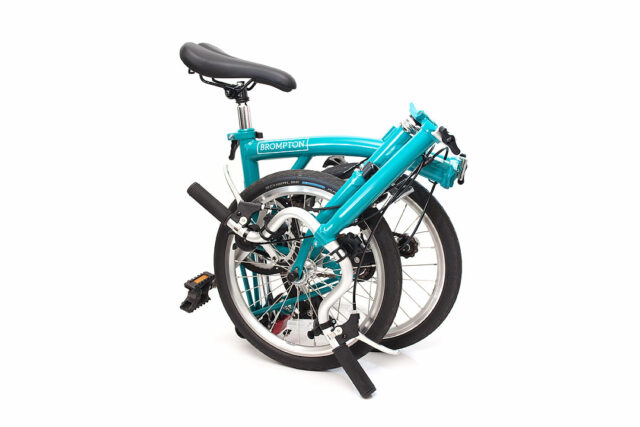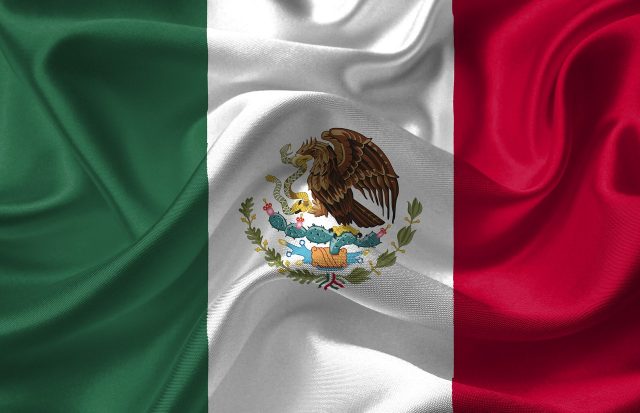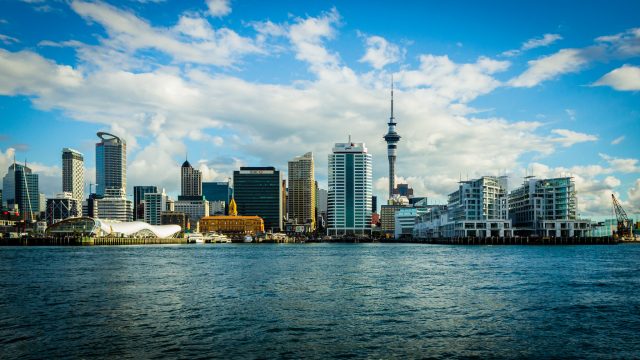Yankees back on a roll, visit Boston
FRESH off weekend series wins against American League East rivals, the Boston Red Sox and New York Yankees play a two-game set in Boston beginning Tuesday night.
New York (85-56) moved to 6-2 over its past eight games after claiming series wins against Minnesota and Tampa Bay during a seven-game homestand.
The Yankees scored double-digit runs in consecutive games have scored 10 runs or more a league-leading 20 times this season — including Sunday’s 10-4 win over the Rays — after reaching that mark just six times in all of 2021.
“It’s going to take everybody,” starting pitcher Gerrit Cole said recently. “It’s going to take guys that aren’t even in the room to get where we want to get. We just try to live by that motto and score one more run than the other team.”
Cole (11-7, 3.20 ERA) is expected to start Tuesday for the Yankees. He struck out a season-high 14 over 6 2/3 innings of one-run ball in the second game of Wednesday’s doubleheader sweep of Minnesota. He leads the majors with 218 strikeouts.
Cole has allowed zero or one earned run in 13 of his past 25 starts, including three of the past five. He is 7-3 with a 4.14 ERA in 13 career starts against Boston. Two wins have come in three starts this season.
Despite their 10-18 August swoon, the Yankees closed the weekend with a 5 1/2-game division lead.
On Sunday, Gleyber Torres recorded his second multi-homer game of the season, giving him 20 home runs for the season.
“When he’s at his best, he’s a guy that lengthens our order and gives us power,” Yankees manager Aaron Boone said. “Hopefully this gets him rolling a little bit for the stretch drive.”
Oswaldo Cabrera hit his first major league home run Sunday.
Boston (69-72) finished a 2-4 road trip through Tampa and Baltimore on a high note, earning a 1-0 Sunday win over the Orioles to capture the final two games of the three-game series.
Rich Hill struck out seven in five, two-hit innings before four relievers clinched the ninth Red Sox shutout of the season. A day earlier, the Red Sox scored a season-high 17 runs on 21 hits in a 17-4 win.
“It was like playing a video game almost,” catcher Connor Wong said. “That was a lot of fun.”
Sunday, Tommy Pham reached base for the 17th straight game and scored the lone run on a Xander Bogaerts sacrifice fly.
Nick Pivetta (9-11, 4.29) was on the wrong side of a 1-0 score in his Wednesday start against the Rays, as he allowed a run in the fifth inning. He needed 101 pitches to finish that outing, allowing just two hits but three walks.
“He bounced back after the first two innings,” manager Alex Cora said. “Seemed like it was going to be a short one (with) a lot of 3-2 counts. Good fastball. Made some pitches when he had to.”
That’s Pivetta in a nutshell as the workhorse of Boston’s rotation, as his 155 1/3 innings are already the second-most of his six-year career — just 8 2/3 innings shy of his career high.
Pivetta is 0-2 over his past four starts and has the same record in three outings this season against the Yankees, who have tagged him for 17 runs in 13 1/3 innings. Overall, he’s 0-3 against New York in five career starts and has a 9.67 ERA against the Yanks.
The Yankees lead the season series 7-6 despite dropping a pair during last month’s three-game set in Boston. — Reuters











